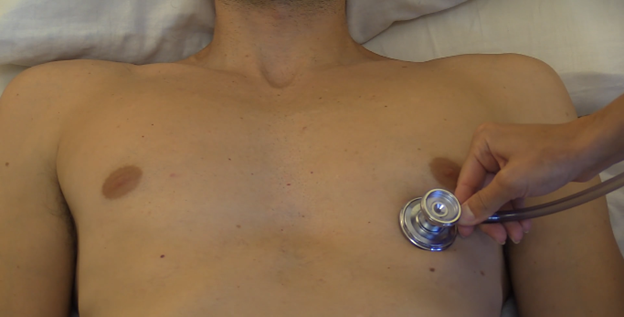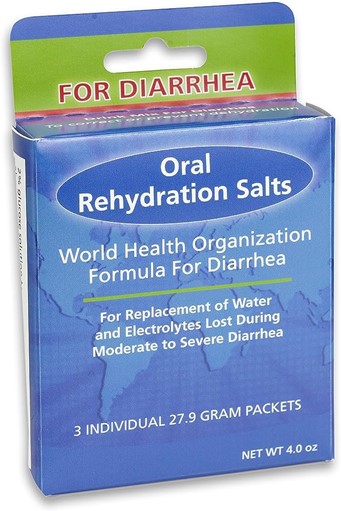A 2-week-old patient born with a myelomeningocele is to undergo surgical repair of this defect. Which nursing action is of the highest priority in her preoperative care?
Monitoring for apical pulse every hour.
Maintaining the patient in a prone position.
Providing the patient sensory stimulation.
Keeping a strict record of the patient's intake and output.
The Correct Answer is A
Choice A rationale:
Monitoring the apical pulse is of the highest priority for a patient with a myelomeningocele preoperatively. A myelomeningocele is a neural tube defect that can lead to neurologic complications. Monitoring the apical pulse every hour helps detect any signs of cardiac distress or neurological compromise, allowing prompt intervention.
Choice B rationale:
Maintaining the patient in a prone position is not the priority in this situation. While positioning can be important, monitoring vital signs takes precedence over positioning.
Choice C rationale:
Providing sensory stimulation is important for the patient's overall well-being, but it's not the highest priority preoperatively. Monitoring vital signs and assessing for potential complications take precedence.
Choice D rationale:
Keeping a strict record of the patient's intake and output is important for general care, but it's not the highest priority in the immediate preoperative period. Monitoring vital signs and detecting signs of distress come first.

Nursing Test Bank
Naxlex Comprehensive Predictor Exams
Related Questions
Correct Answer is B
Explanation
Choice A rationale:
Hypercalcemia refers to high calcium levels in the blood, and it is not a common complication associated with furosemide use. Furosemide primarily affects electrolytes like potassium.
Choice B rationale:
Furosemide is a loop diuretic that can lead to excessive potassium loss through urine, potentially causing hypokalemia (low potassium levels). Monitoring potassium is crucial to prevent complications like muscle weakness and cardiac arrhythmias.
Choice C rationale:
Hypocalcemia, which is low calcium levels, is not a typical complication of furosemide use. Furosemide's primary impact is on sodium and potassium balance.
Choice D rationale:
Hyperkalemia is the opposite of what furosemide commonly causes. Furosemide-induced diuresis often leads to hypokalemia, not hyperkalemia.
Correct Answer is C
Explanation
Choice A rationale:
Administering a bolus of intravenous (IV) fluids might be necessary for severe dehydration, but in mild dehydration, oral rehydration is preferred as it avoids potential complications associated with IV fluids.
Choice B rationale:
Offering clear fluids, popsicles, and gelatin is appropriate, but this choice does not specifically address rehydration, which is the primary concern in mild dehydration.
Choice C rationale:
Offering oral rehydration solution (ORS) in small, frequent amounts is the most appropriate intervention for mild dehydration secondary to diarrhea. ORS contains the right balance of electrolytes and fluids to rehydrate without overwhelming the gastrointestinal tract.
Choice D rationale:
Keeping the child on a strict BRAT diet (bananas, rice, applesauce, toast) is an outdated approach. While BRAT foods can be tolerated during mild illness, they lack the necessary electrolytes and fluids to effectively rehydrate.

Whether you are a student looking to ace your exams or a practicing nurse seeking to enhance your expertise , our nursing education contents will empower you with the confidence and competence to make a difference in the lives of patients and become a respected leader in the healthcare field.
Visit Naxlex, invest in your future and unlock endless possibilities with our unparalleled nursing education contents today
Report Wrong Answer on the Current Question
Do you disagree with the answer? If yes, what is your expected answer? Explain.
Kindly be descriptive with the issue you are facing.
